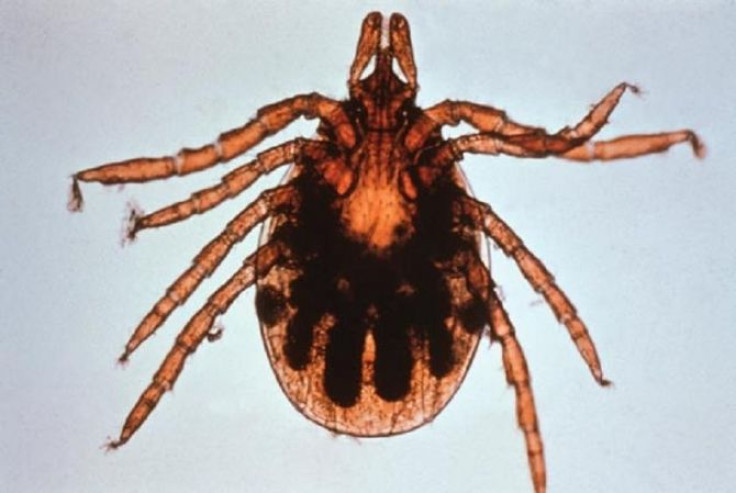Lyme Disease Rates May Spike in 2012, Especially in Northeast

People in the U.S., especially those who live in the Northeast, should prepare for a sharp rise in Lyme disease infections this spring because of the periodic boom and bust in acorn crops.
Dr. Richard S. Ostfeld of the Cary Institute of Ecosystem Studies in Millbrook, New York, said during a presentation Tuesday at the International Conference on Emerging Infectious Diseases (ICEID) that the boom in acorn crops in 2010 triggered a population bloom in white-footed mice, which are preferred hosts for black-legged ticks that also multiplied.
The black-legged ticks are notorious for transmitting Borrelia burgdorferi, the bacterium that causes Lyme disease, and ecologists said that because 2011 marks the smallest acorn crops they have ever seen, the mouse population with me crashing, the black-legged tick’s primary food source.
"This spring, there will be a lot of Borrelia burgdorferi-infected black-legged ticks in our forests looking for a blood meal. And instead of finding a white-footed mouse, they are going to find other mammals—like us," Ostfeld explains in a statement released on Friday.
Black-legged ticks (Ixodes scapularis), commonly called the deer tick, eat a total of three bloodmeals corresponding to the stages of their life: as larvae, as nymphs, and as adults. These poppy -seed sized ticks penetrate and attack to a host animal to feed on its blood, and after it has successfully penetrated a host, it produces a glue-like substance called attachment cement to help it stay in place for its bloodmeal, and also making them hard to remove.
Ostfeld and his research colleagues have studied the connections among acorn abundance, white-footed mice, black-legged ticks, and Lyme disease for more than two decades, and because the last time he saw a boom in 2006 followed by a bust in 2007 of acorn abundance, nymphal black-legged ticks reached a 20-year high.
Ostfeld predicts that May-July nymph season will be dangerous, and he urges people to be aware when outdoors, because unlike white-footed mice who are generally unaffected to tick bites, the disease is extremely debilitating to people.
These ticks are also very effective in transmitting Lyme disease to people, and if the disease is untreated it can cause chronic fatigue, joint pain, and neurological problems. Researchers noted that the disease is the most prevalent vector-borne illness in the U.S., with the majority of cases occurring in the Northeast.
“We’re already working with health departments” in Lyme-endemic areas to help craft educational messages to the public about the impending surge and risks associated with the disease, Ostfeld said during his presentation.
Ostfeld said that the yearlong gaps between growth of acorn crops, mice, and then ticks could be interpreted as an early-warning signal for Lyme exposure risks. He said that oak trees “mast” or produce heavy crops of acorns every three to five years, ““and when you are in a mast year, you always know it.”
The National Institutes of Health recommends people to check for ticks every day, especially in warmer months. Ticks are extremely small so careful examination is needed. Health experts advise that “play” or recreational areas should be separated from bushes, shrubs, high grasses, and other types of vegetation that ticks will most likely be. People should wear light colored long pants and long sleeves, insect sprays containing 20 percent DEET on skin and clothes, and stay on marked trails if hiking or outdoors.



























